The Crucial Role of Music in Video Engagement
Before viewers even register a brand logo or punchline, their senses are already attuned to the underlying rhythm and tempo. Music acts as the invisible framework that captures attention and sets emotional tone. Selecting the soundtrack early in the editing process is essential: an upbeat tempo signals excitement, a sparse piano melody fosters intimacy, and syncopated rhythms invite playful visual interplay. When visuals and audio pulse in unison, the ad feels thoughtfully orchestrated rather than haphazardly assembled.
Think of your ad as a musical composition with an introduction, hook, and conclusion. Visual elements correspond to musical notes-short, sharp cuts mimic staccato beats, while longer shots create legato flow. Repeating a visual cue at consistent musical intervals forms a memorable hook that lodges in the viewer’s mind. For example, in product promotions, synchronizing a small repeated action with every downbeat reinforces brand recall and sustains energy throughout the ad’s duration.
Micro-Adjustments: The Power of Milliseconds
Tiny timing shifts-sometimes as subtle as 20 to 30 milliseconds-can dramatically alter how a scene is perceived. Cutting slightly ahead of a beat propels the narrative forward, while trailing a beat lets the audio lead the visual impact. These nuanced tweaks explain why final frames often linger longer, allowing rhythm to emerge naturally. Matching cuts based on shape or movement can mimic drum hits, creating seamless transitions. Strategic silence functions as a percussive pause, heightening anticipation and encouraging viewers to replay key moments. Brief black frames or audio gaps serve as reset points, preparing the audience for the next visual or sonic hook.
Practical Workflow for Beat-Synced Editing
Begin by marking the beats on your audio track to establish a rhythmic foundation. Anchor your visual cuts to these markers and assemble a rough timeline. Then, fine-tune each cut to evoke the desired emotional response. Export short preview clips and review them on mobile devices, as playback on the target platform often reveals timing issues that desktop previews miss.
Animating Still Images to Maintain Momentum
Even static images can be integrated smoothly into rhythm-driven edits. Employ subtle video effects such as parallax shifts, light glides, or gentle zooms to infuse stills with motion. These micro-animations elevate production quality and keep the pacing dynamic, especially when live-action footage is limited.
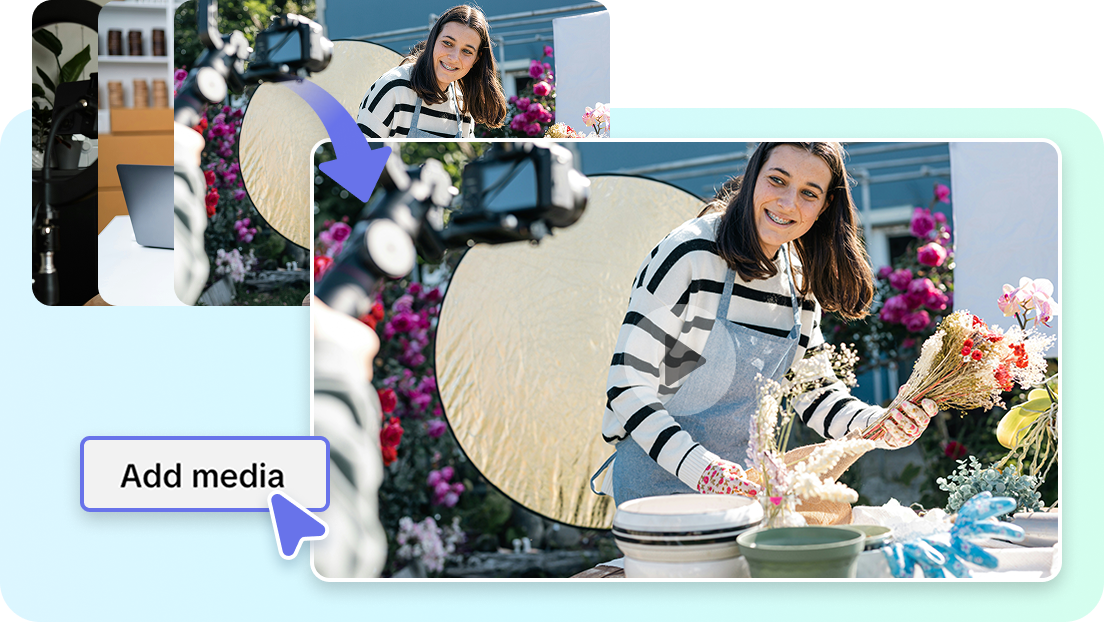
Editing Insights from the Cutting Room
Leverage match-frame searches to identify natural splice points, loop segments to detect audio artifacts, and layer ambient sounds to unify disparate visuals. When uncertain, simplify rather than complicate-limit your palette of transitions and sound effects to maintain cohesion across campaigns. Consider these three examples illustrating how pacing influences viewer engagement:
- A snack brand synchronized crunch sounds with a percussive beat, cutting immediately after each bite. This approach boosted engagement as users replayed the ad to tap along.
- A fashion launch employed repeated zipper snaps on downbeats, creating a memorable audio-visual hook that sparked comments and shares.
- A DIY tutorial spaced micro-pauses before reveal shots, building suspense and rewarding viewers with satisfying conclusions.
Three Streamlined Steps to Beat-Aligned Edits with Pippit
Step 1: Access the Video Editor
Create a Pippit account and log in to reach the dashboard. Navigate to the Video Generator section and open the Video Editor. Upload your footage by clicking the upload button or dragging files directly into the interface.
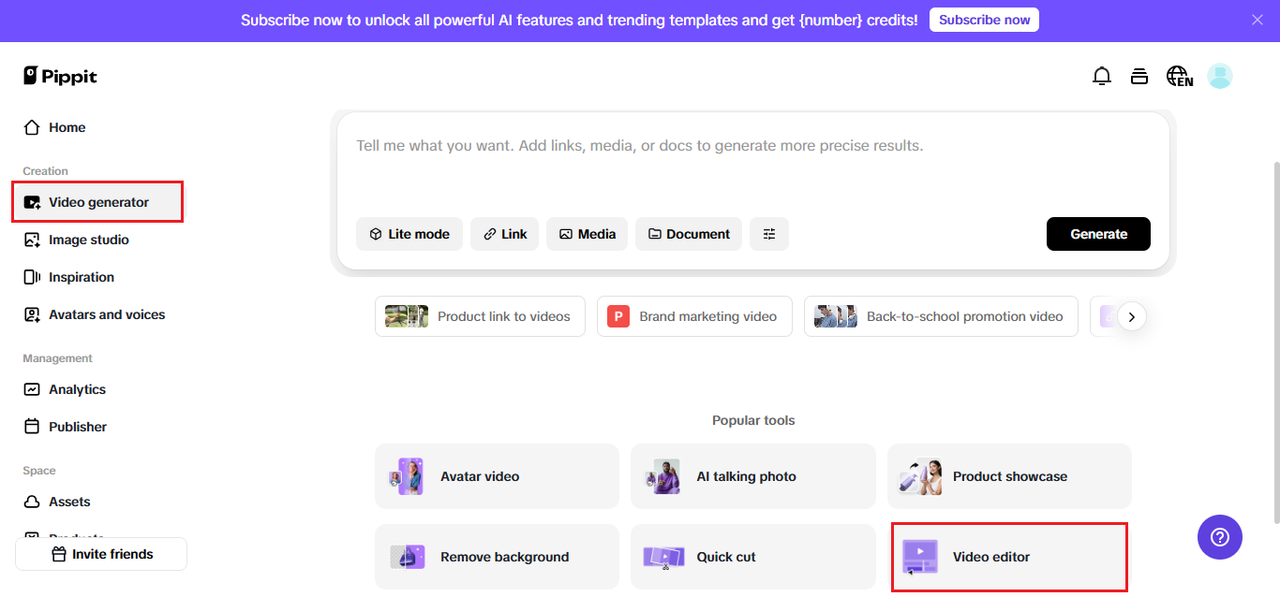
Step 2: Trim and Sync to the Beat
Place your audio track on the timeline and mark the beats. Select your video clip and adjust its start and end points using transform handles. Use the playhead to pinpoint exact frames and split clips as needed. Fine-tune cuts frame-by-frame to align visuals perfectly with audio cues.
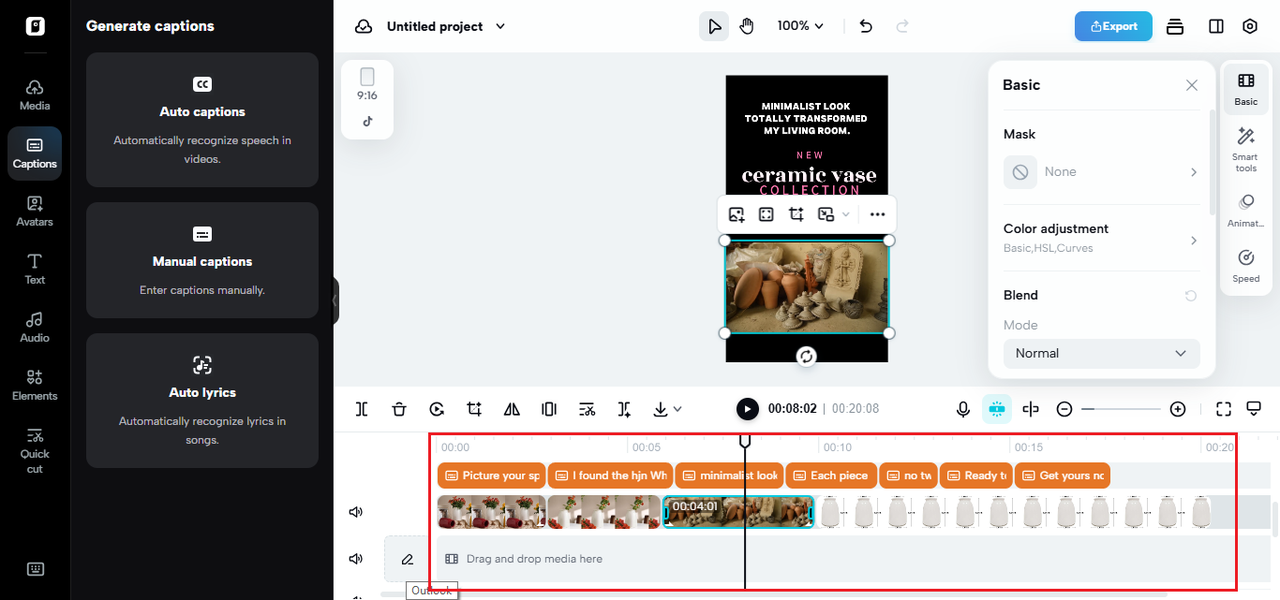
Step 3: Finalize and Share Your Ad
Preview your edit on a mobile device, make any last timing adjustments, then export your video. Choose your preferred resolution and format before downloading or publishing directly to social platforms.
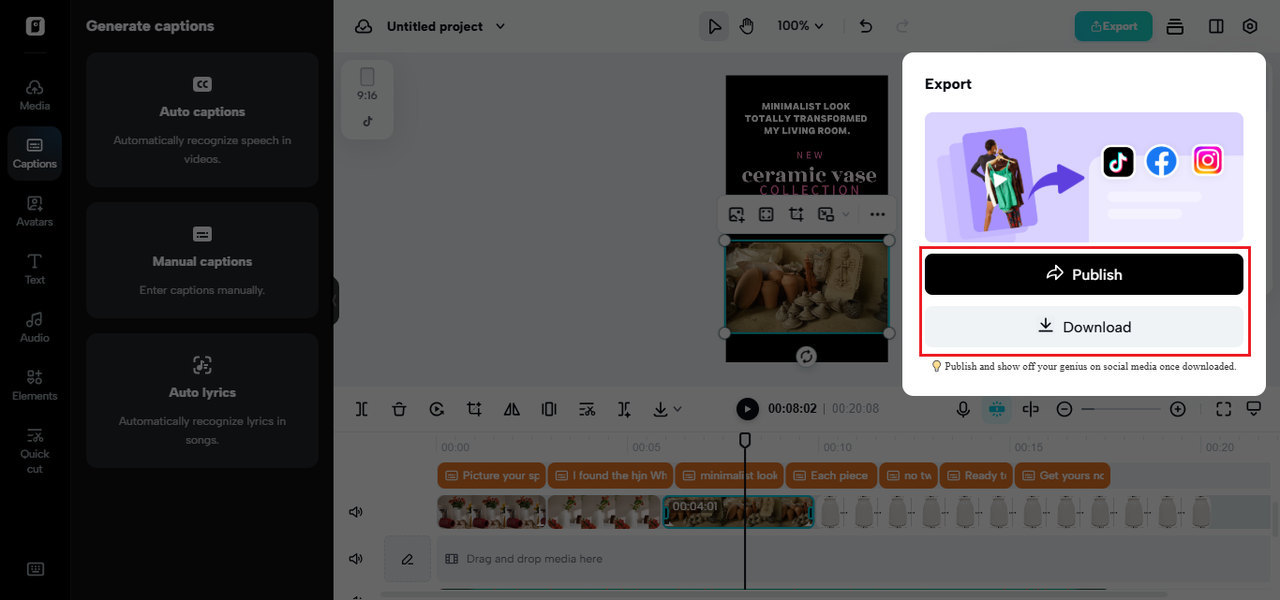
Enhancing Edits with Reversed Clips
Incorporating brief reversed segments can add a captivating twist. Reverse small actions like splashes, fabric movements, or hand gestures and time them to percussive beats using Pippit’s video reversal feature. Use this technique sparingly to avoid confusing the viewer or disrupting narrative flow.

Rhythmic Editing of Dialogue and Voiceovers
Approach spoken words as melodic elements. Align key phrases with strong beats and trim to preserve natural breathing patterns. For voiceovers, ensure lines flow smoothly with the music. Short, punchy hooks work well for brief ads, while a more conversational rhythm suits longer formats.
Adapting Tempo to Platform Preferences
Different social media platforms favor distinct pacing styles. Rapid-fire cuts excel on TikTok and Instagram Reels, encouraging repeated views and interaction. Conversely, platforms like Facebook and LinkedIn benefit from slightly slower rhythms that allow messages to resonate. Tailor edits by adjusting beat density and ending length from a master timeline to suit each channel.
Final Refinements and Testing
Maintain multiple versions of your edit to facilitate quick A/B testing. Rhythm subtly guides viewer focus and emotional response. With Pippit, you can perfect timing, animate stills, and experiment with reversed clips to ensure your ads flow naturally with the soundtrack. Ready to craft your next social media hit? Open Pippit, edit precisely to the beat, and launch ads that truly resonate. Remember, even the smallest timing adjustments can transform viewer engagement.
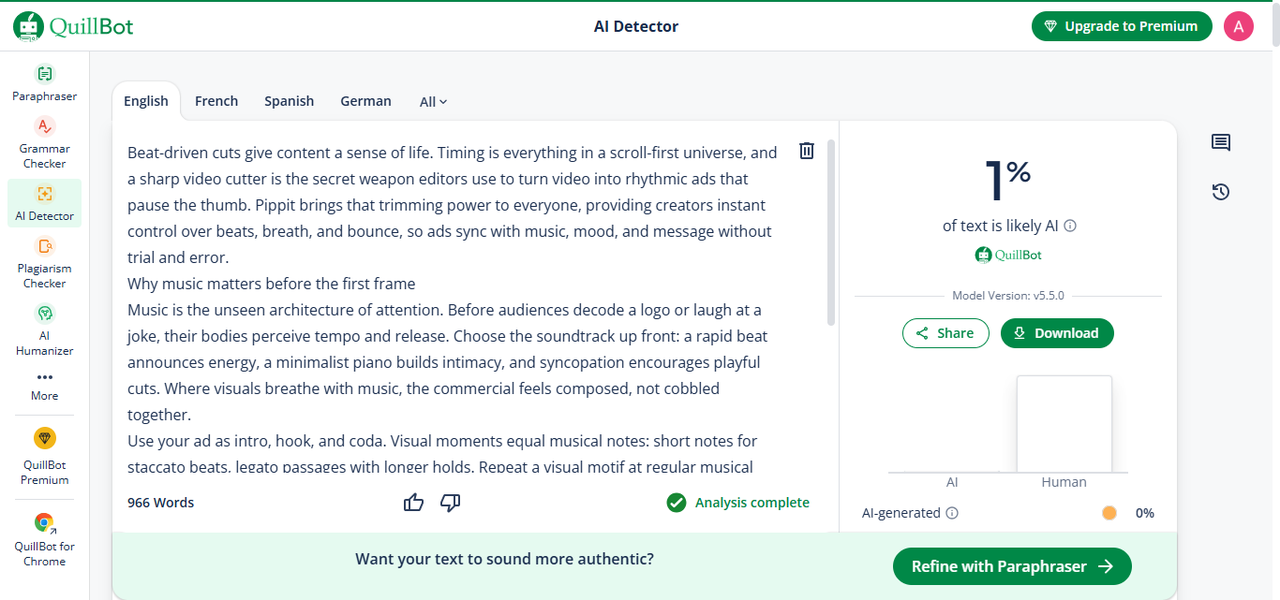
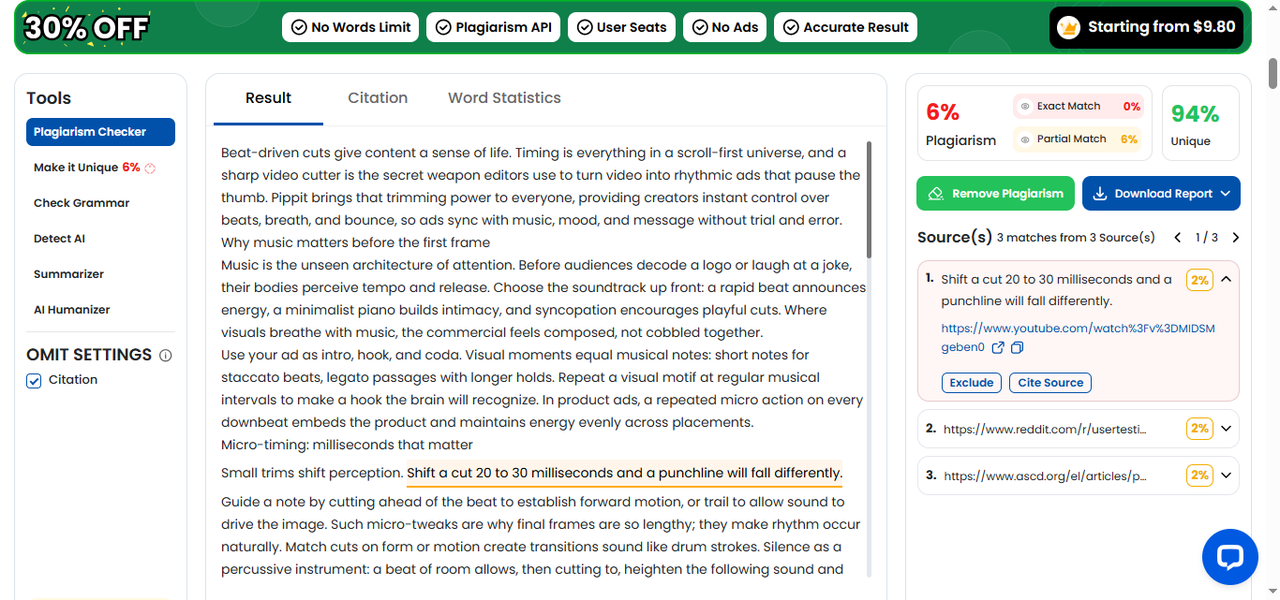


![INVESTIGATION [I]: In Lagos, poverty, extortion deprive sexually abused children of justice](https://lifeinlagos.com/wp-content/uploads/2025/08/1756024989_INVESTIGATION-I-In-Lagos-poverty-extortion-deprive-sexually-abused-children-150x150.avif)




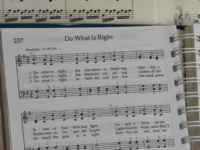















0 Comments